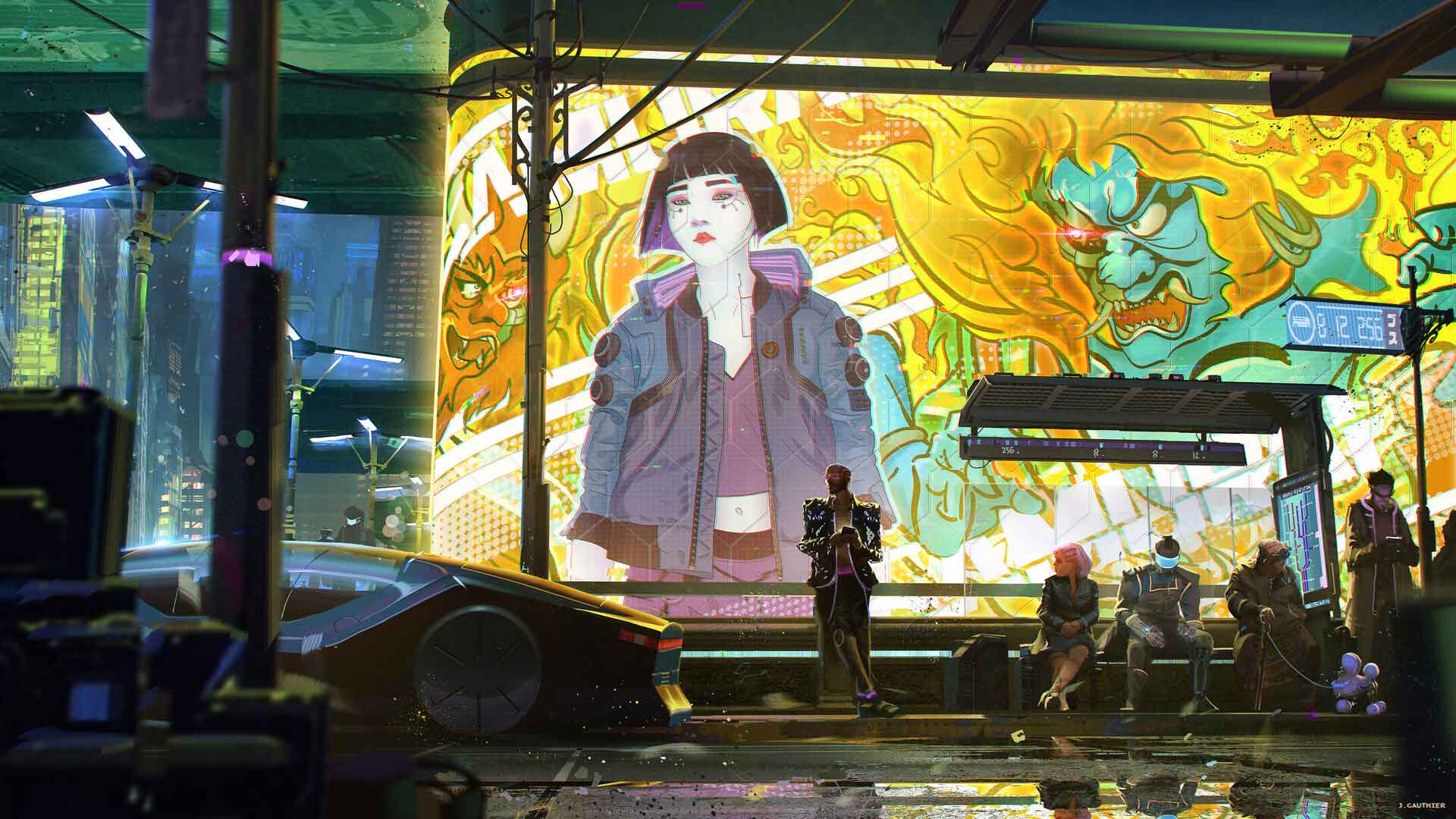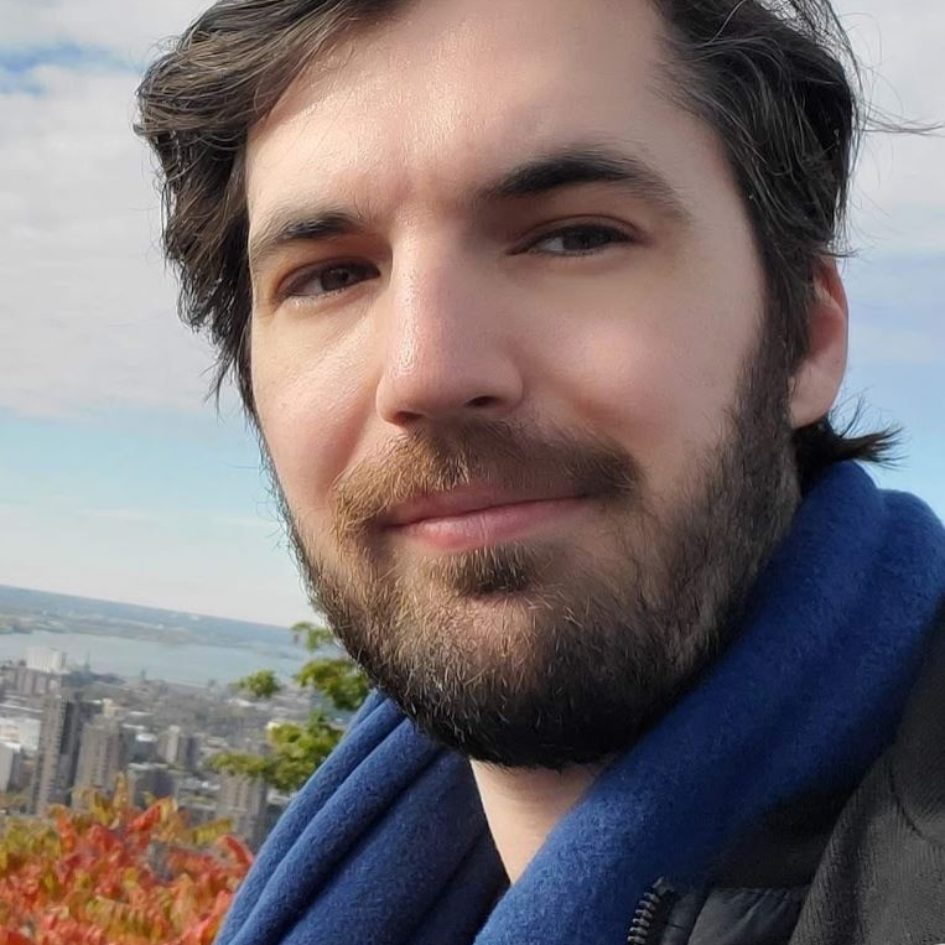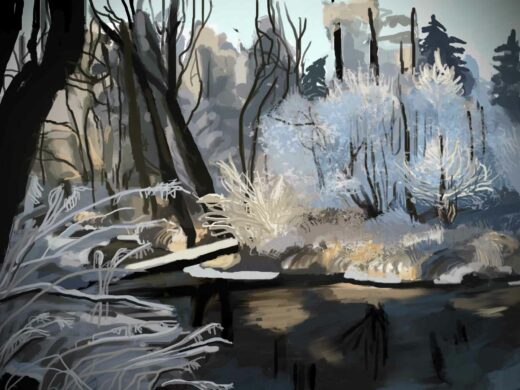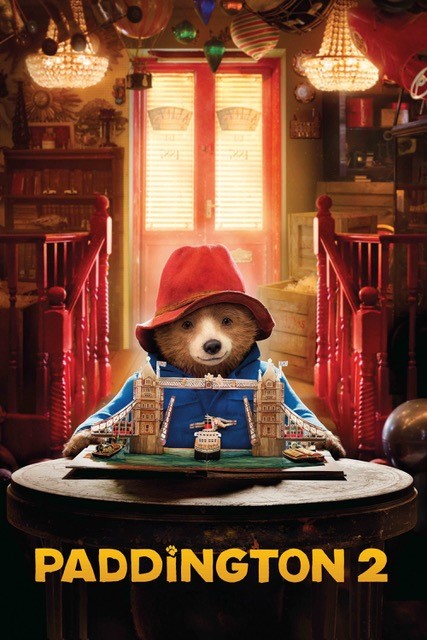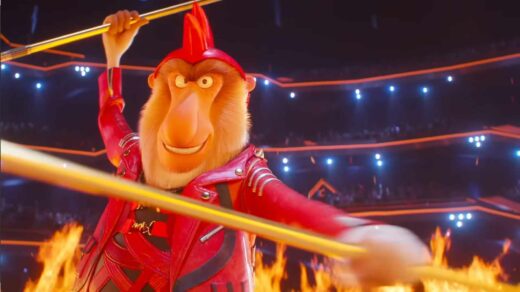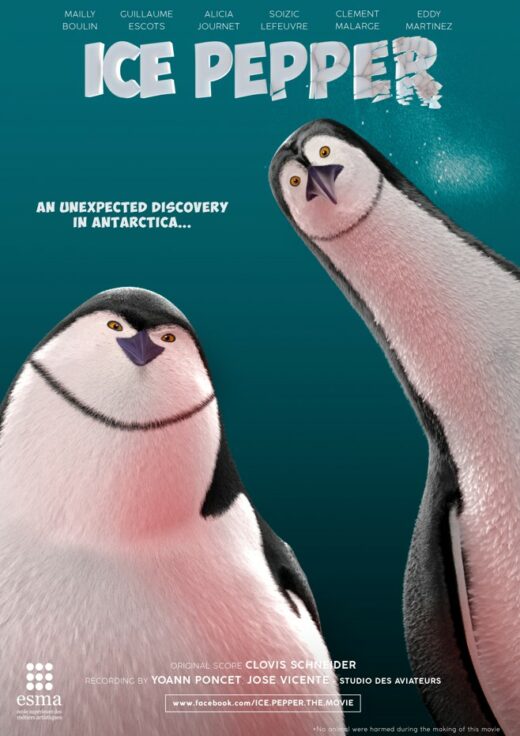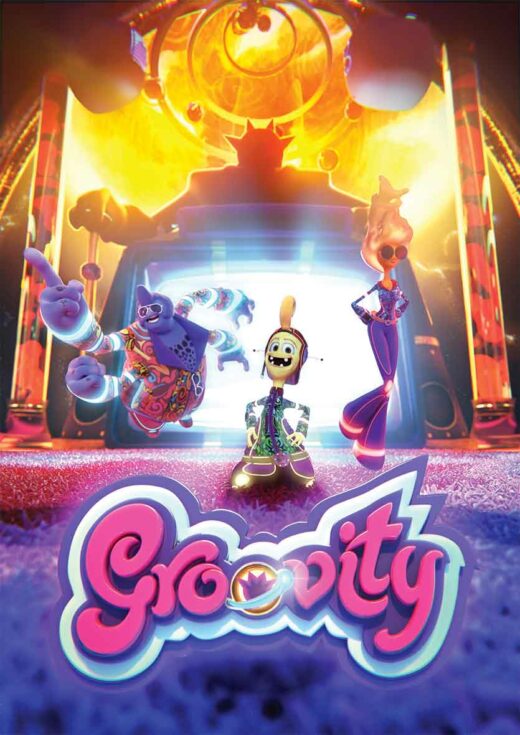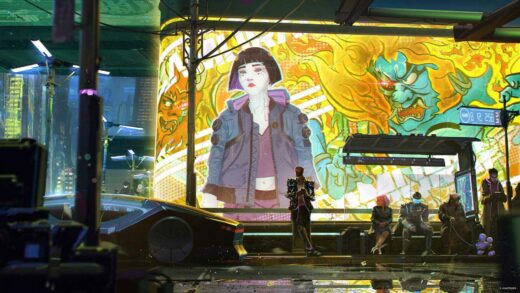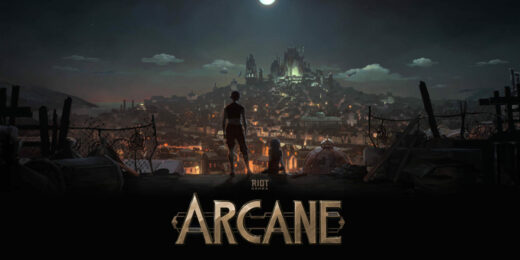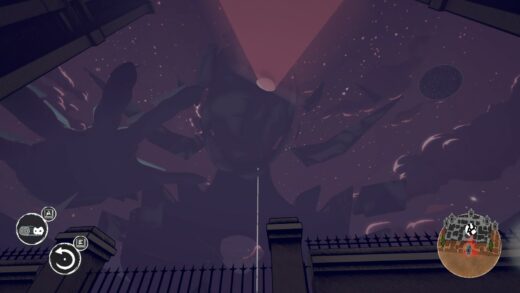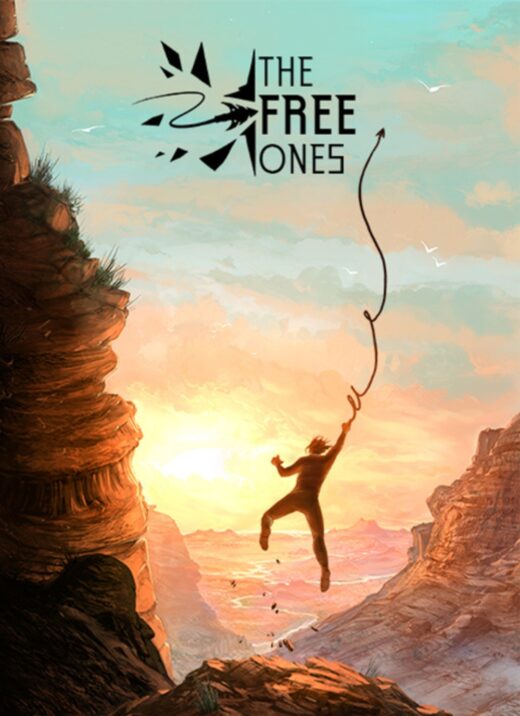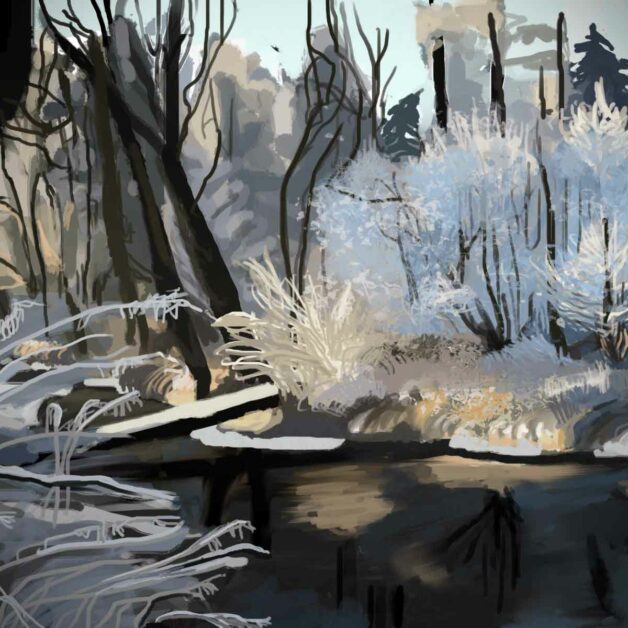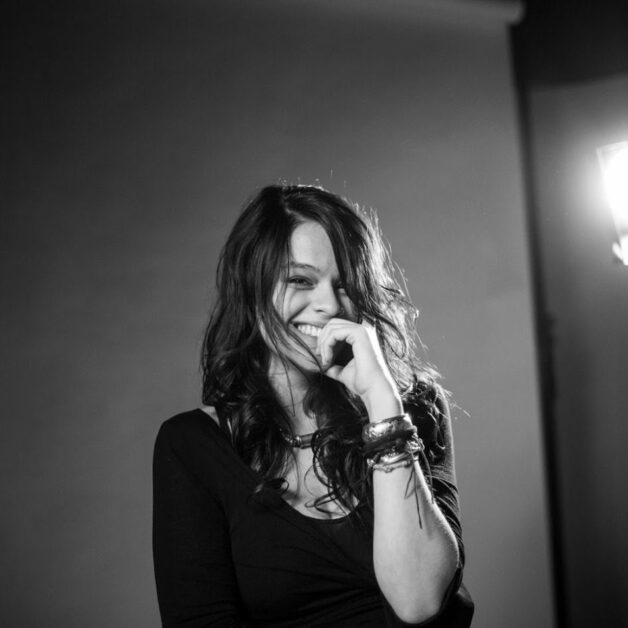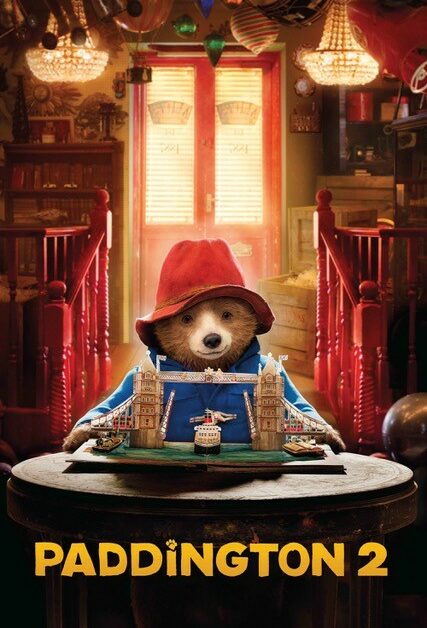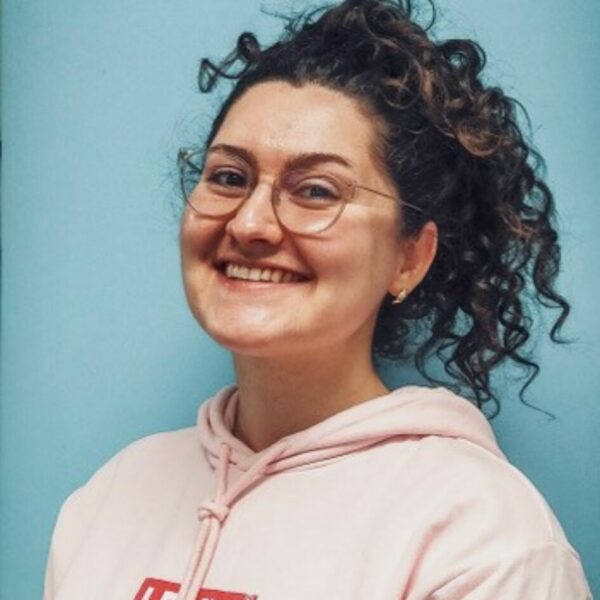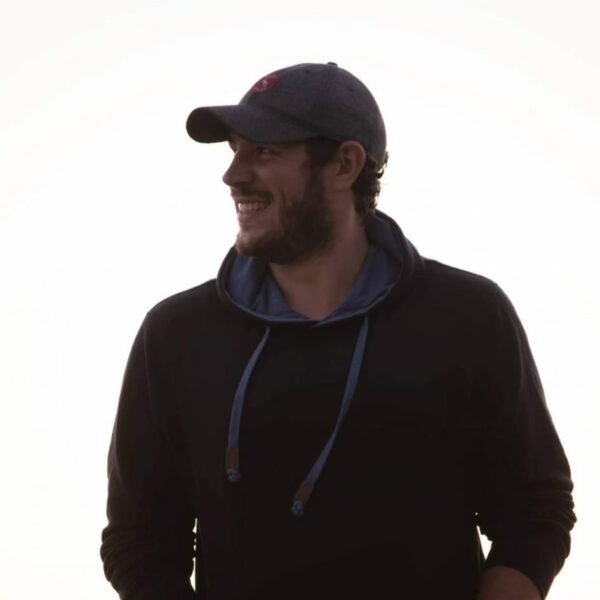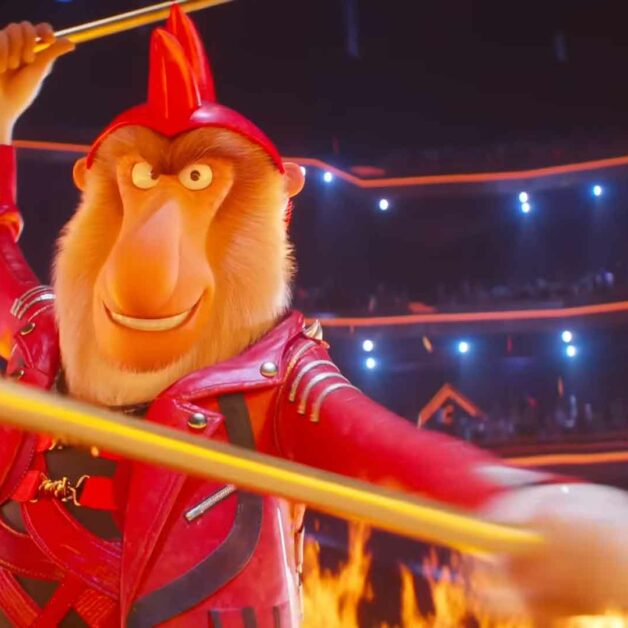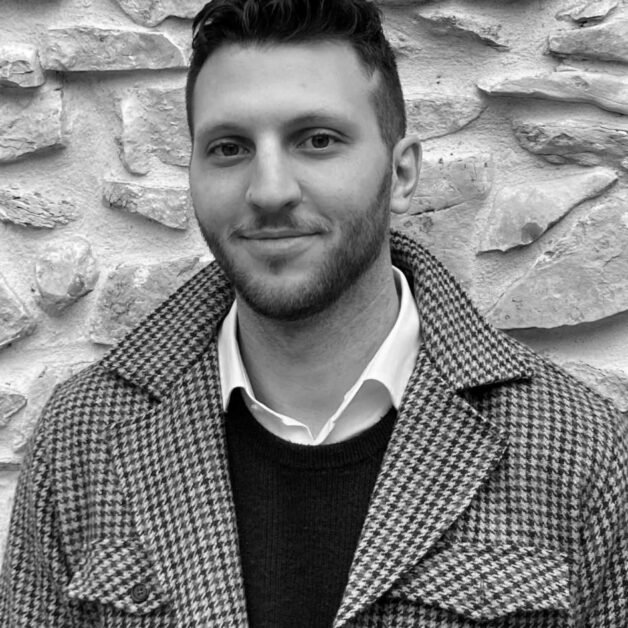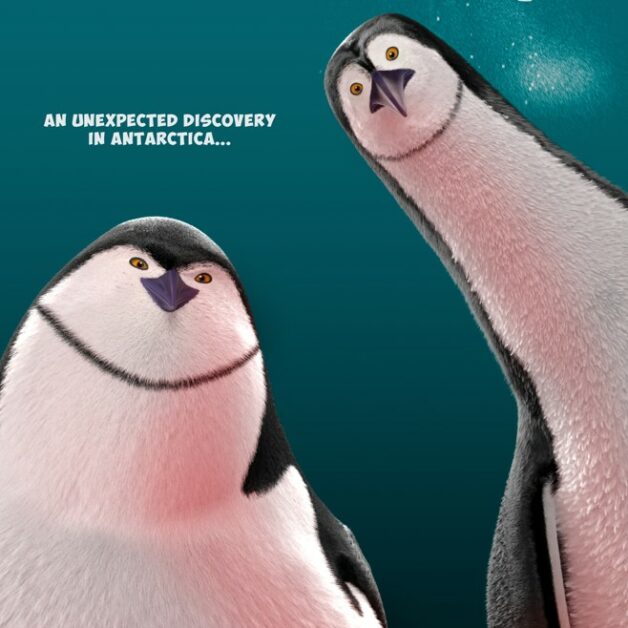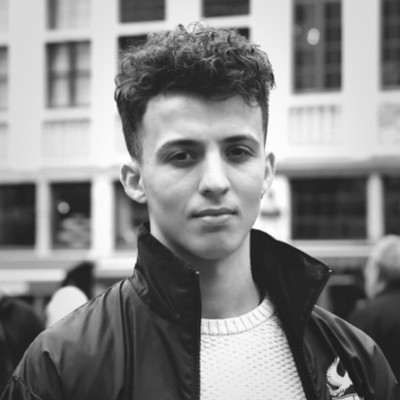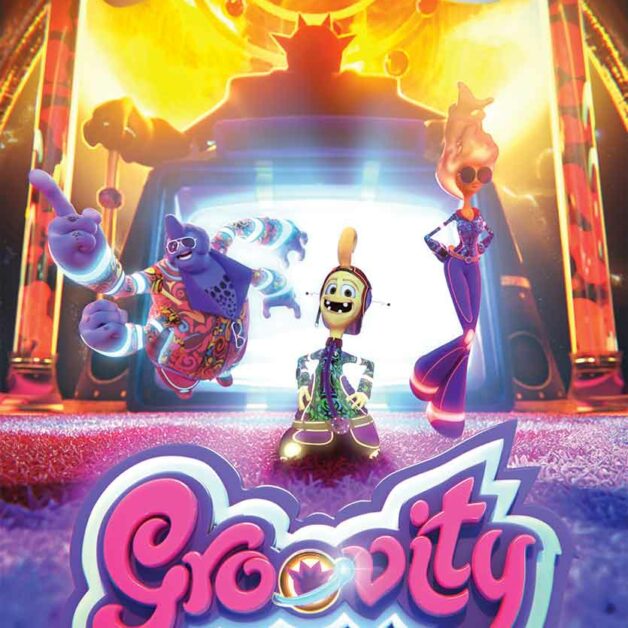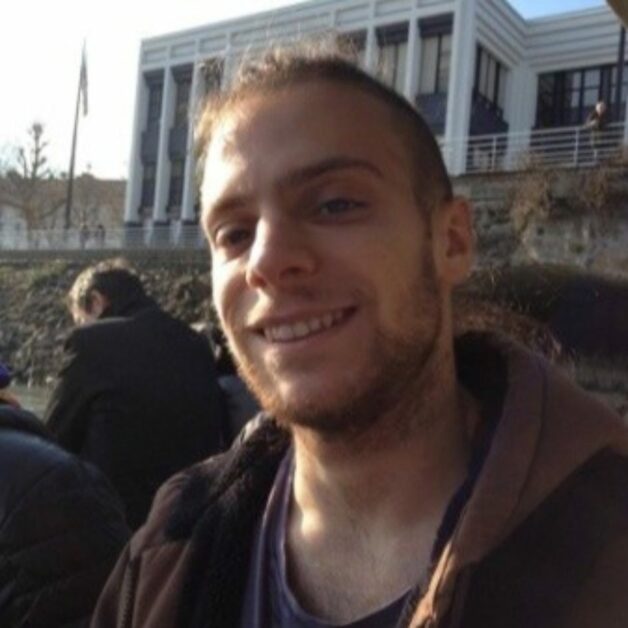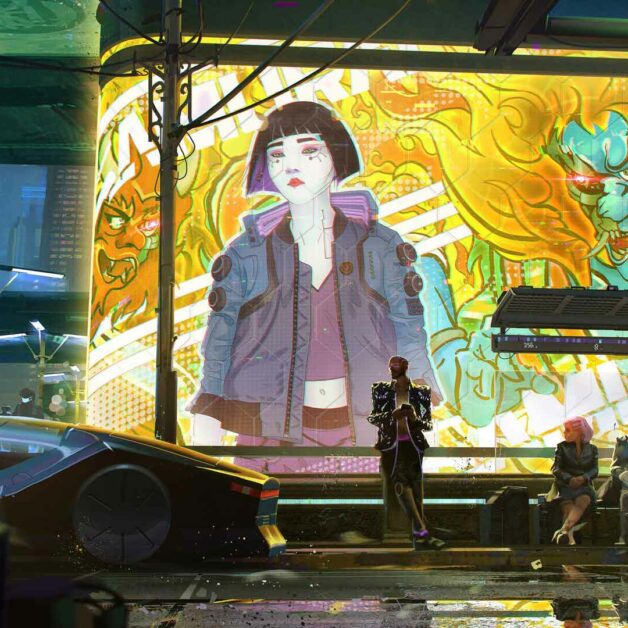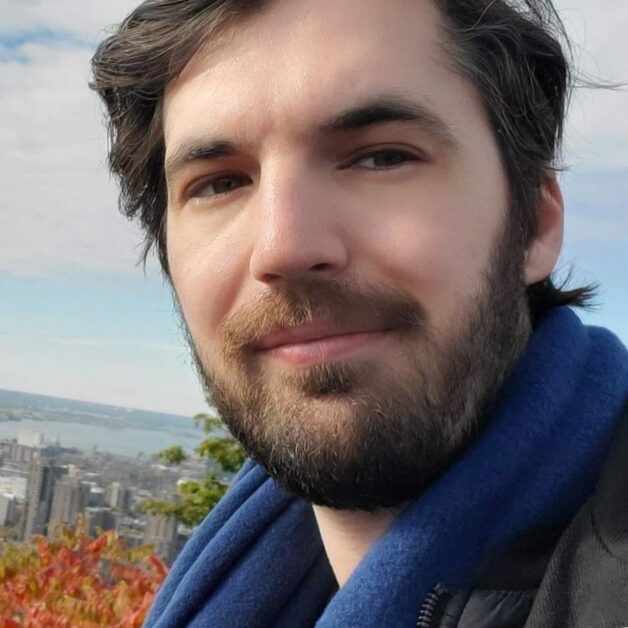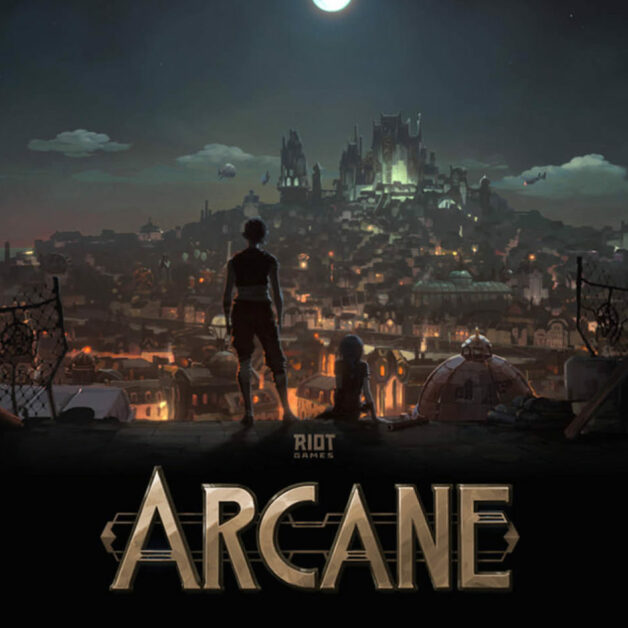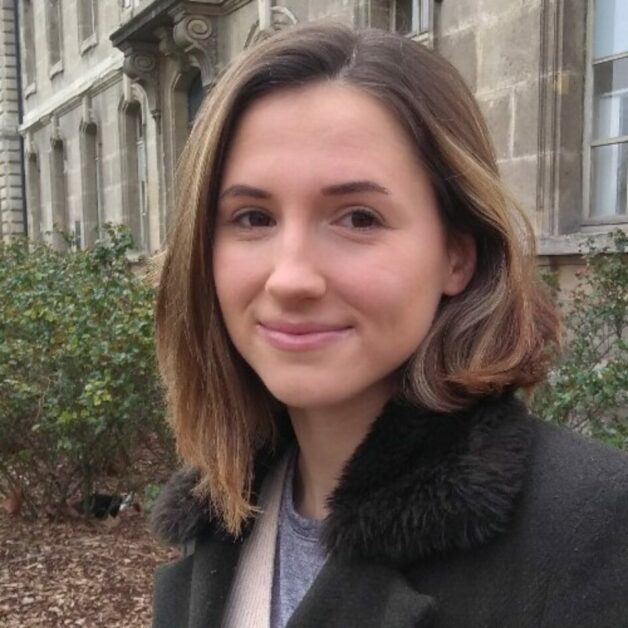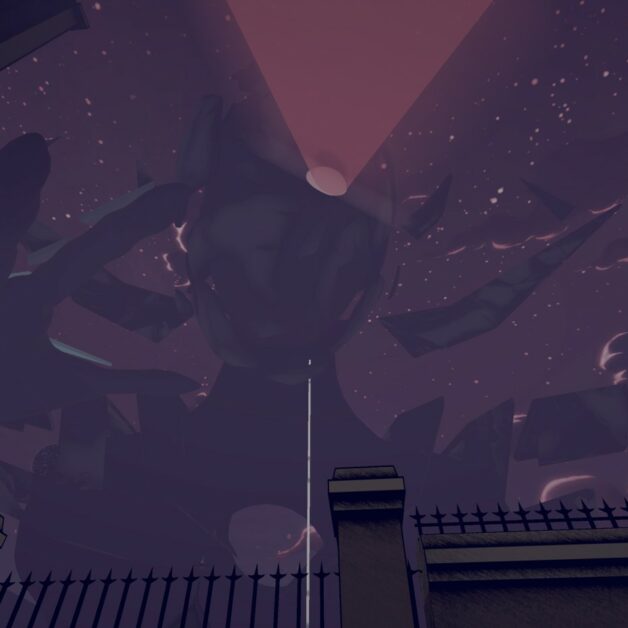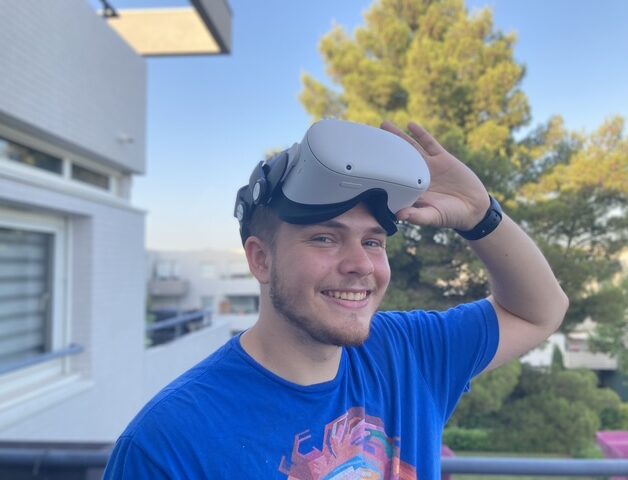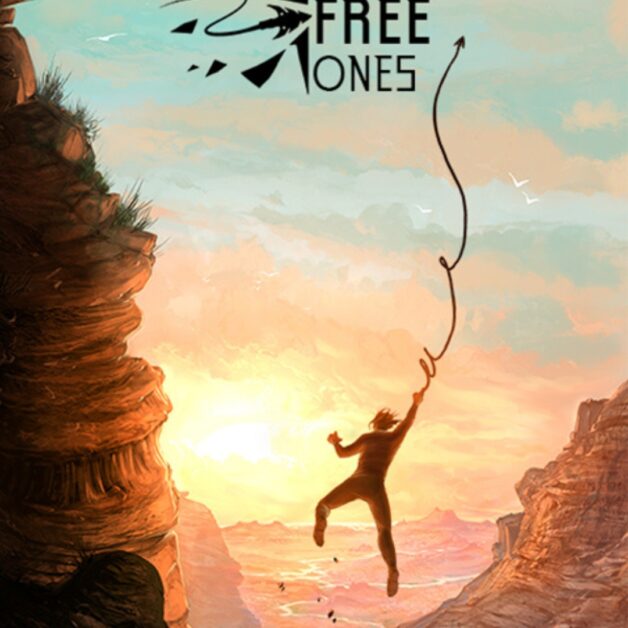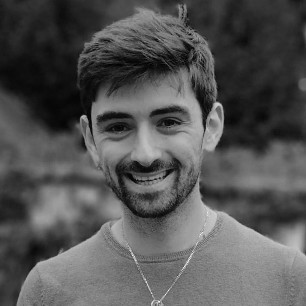From lighting to the dinosaurs of Jurassic World: an international journey
Since graduating from ESMA, Julien Gauthier has had a number of experiences abroad: London, Paris, Vancouver, Singapore, Sydney… All destinations that have enabled him to develop his skills, first in animation and VFX, then in concept art. Here’s a look back at an itinerary marked by curiosity and the desire to progress.
INTERVIEW
How did you spend your ESMA years?
Before coming to the school, I took a Bac S with a scientific option, mechanics and electricity. As I applied too late, I wasn’t able to go straight to ESMA, so I did a year of preparatory studies at IPESAA (now merged with ESMA). In the end, I don’t regret it: it gave me the chance to explore disciplines like graphic design and architecture.
Then I entered the first year of 3D animation at ESMA Montpellier. I loved discovering all the aspects of 3D, without necessarily knowing which one suited me best. It was a comprehensive course that gave me a global vision. During the graduation film, the groups were formed on the basis of each person’s strengths, and it was a real lesson in collaboration.
The teachers were of a high standard. With hindsight, some of the drawing and technical notions I had learnt come back to me with new meaning.
Why did you choose 3D animation?
At one point, I was thinking of going into robotics. But I had three passions: drawing, computing and film. 3D allowed me to combine these three worlds and bring my ideas to life.
It was the most natural choice.
What were your first steps in the professional world like?
My very first interview, at MPC in London, was a fiasco: the stress and the English completely blocked me. In the end, I worked for a small company for two months before MPC contacted me again, thanks to a friend who’d already had a job and who’d mentioned me.
During my studies at the Annecy Festival, I left my student demo with Illumination MacGuff. Two years later, I received an e-mail from them: they were looking to recruit and remembered me. They explained that my profile had interested them because I wasn’t just doing 3D, but also painting. Apparently, this showed a taste for art that set me apart.

Your career in the studios: what were the highlights?
I spent about six months at MPC London, then a year at Illumination MacGuff on The Minions. It was a very formative experience. At the same time, I was fascinated by the work of the art department, both in VFX and animation. That’s where my interest in concept art grew.
I then took on a series of TD lighting assignments at MPC, first in Vancouver and then in Singapore. At the same time, I spent my free time drawing and digital painting to improve my skills. I ended up returning to France, without a job, with the clear idea of concentrating on concept art. A month later, I was hired by ILM London as a junior concept artist. This was thanks to an art director, Yannick Dusseault, to whom I had sent my recent work. He passed on my drawings to the managers. I owe him a lot.
What films or projects have stood out for you?
In TD lighting, I contributed to Guardians of the Galaxy, Batman v Superman, The Great Wall and The Minions. I particularly liked The Minions: the team was brilliant and, in animation, you often feel greater artistic freedom.
But it was in concept art that I really found my niche. My first project was Jurassic World. Drawing dinosaurs for a film of that scale was unreal. Then I worked on Star Wars Rogue One and The Last Jedi. Then, after arriving in Vancouver, I worked on Aquaman, Aladdin, Space Jam 2 and Jungle Cruise.
The most important project is still The Lord of the Rings: The Rings of Power. I spent over two years on it, first as concept artist and then as art director. I managed a team, wrote an art bible to maintain the visual coherence of the cities and provided detailed references and drawings. It’s the work I’m most proud of.
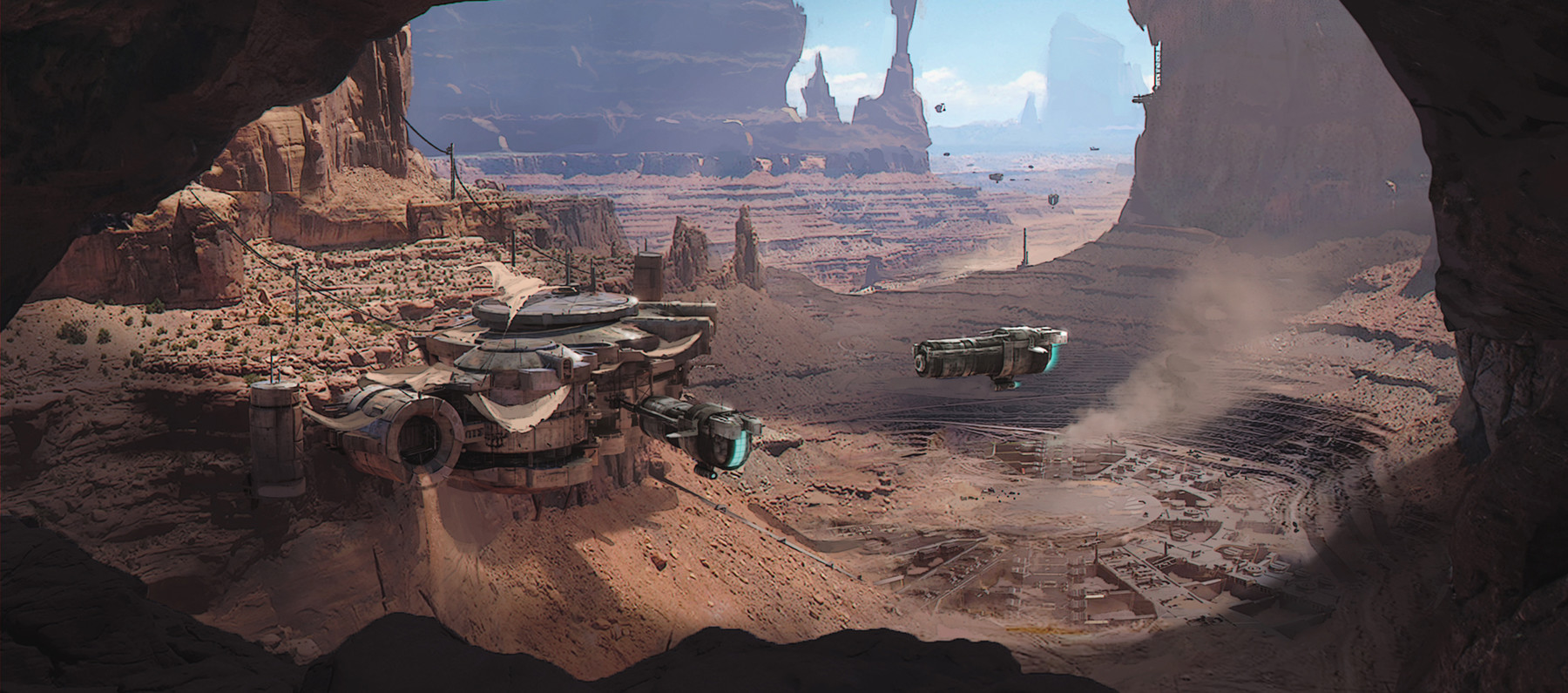
Your job today: how would you describe it?
Concept art is used at every stage: upstream, to create the first images of a project and give the director a vision; then during production, to define the sets, characters, creatures and vehicles. It can be a simple sketch or a finished illustration.
At ILM, we were also involved after the shoot, in post-production. The idea was to help the VFX teams by proposing visuals, sometimes by painting directly on their renders to indicate leads. This allows us to iterate more quickly and explore more. When you become art director, you become the visual reference: you answer the artists’ questions, you suggest solutions by drawing, you supervise a team. I liked this conductor’s role, where you guide and accompany at the same time.
What’s next?
After six years at ILM, I decided to go freelance. It allows me to work from anywhere and to vary my projects. In particular, I’d like to explore video games or devote myself to personal creations.
It was also a lifestyle choice: my fiancée is Japanese, and we plan to move to Japan eventually. My ultimate goal is to direct a film or work as a production designer.
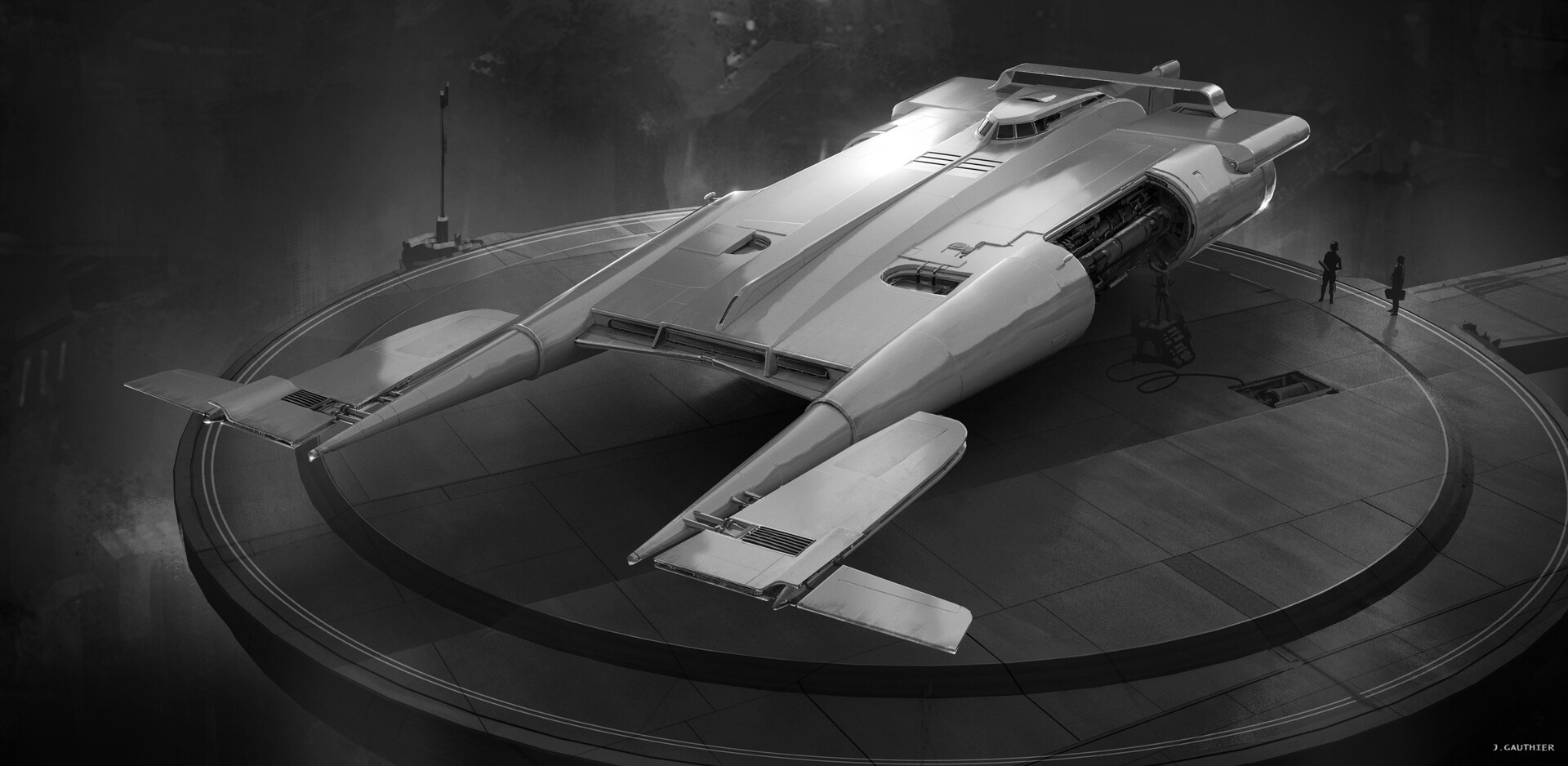
The evolution of tools: how do you see it?
Since I graduated, software has become much simpler and more accessible. This means that small teams can produce professional-quality images. For the big studios, it’s a challenge: they are slower to incorporate new features, because you have to convince a lot of people and deal with entrenched habits.
What’s your connection with ESMA alumni?
I haven’t worked directly with them on my projects, but I do come across them regularly. They work in a lot of studios around the world. And I’m glad I studied at ESMA, because not all students have the chance to make a short film during their studies.
And in five years’ time?
It’s hard to say, but I could see myself living in Japan, working remotely on a variety of projects. And, who knows, one day directing my own film or working as a production designer.
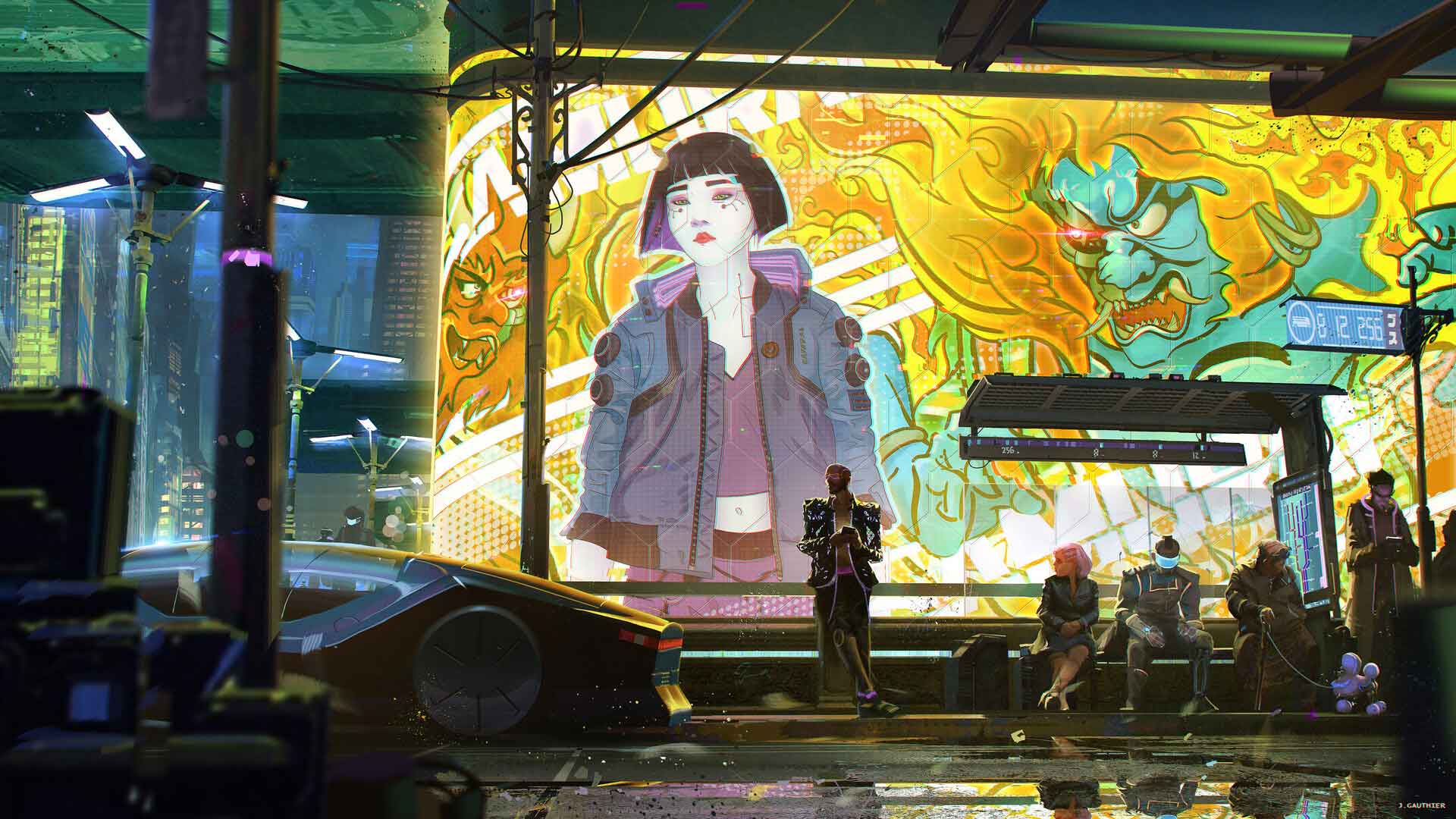
Julien Gauthier is the embodiment of an international career where animation, VFX and concept art intersect. From Jurassic World to Star Wars, right through to The Lord of the Rings: The Rings of Power, he has contributed to some of the biggest productions of the last decade. Now a freelance artist, he is pursuing his path between major projects and personal ambitions.
